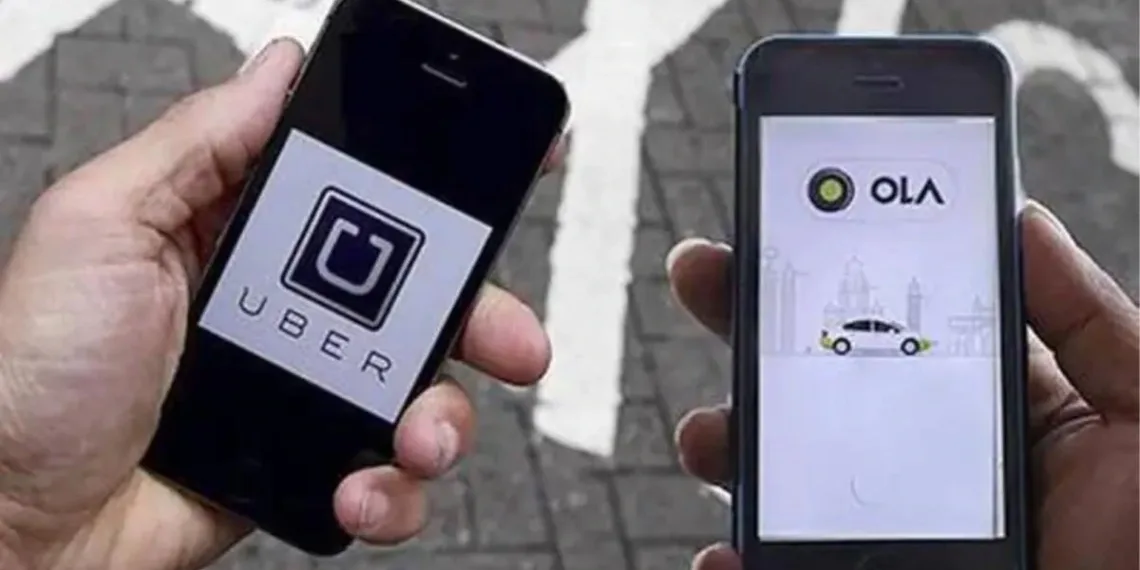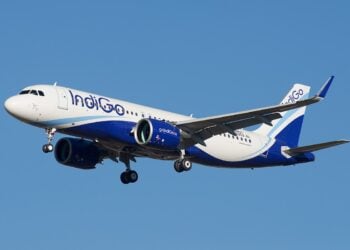The Indian government has officially approved new guidelines that allow ride-hailing platforms like Ola, Uber, and Rapido to charge up to double the base fare during peak hours. This significant policy shift marks a major change in how surge pricing works in India’s rapidly growing ride-hailing market.
Table of Contents
What Changed in the New MVAG 2025 Guidelines?
The revised Motor Vehicle Aggregator Guidelines (MVAG) 2025 now permit ride-hailing platforms to charge up to 2X the base fare during peak hours and offer discounts as low as 50% during off-peak hours. This represents a substantial increase from the previous limit of 1.5X the base fare.
| Pricing Aspect | Previous Rules | New Rules (2025) |
|---|---|---|
| Maximum Surge | 1.5X base fare | 2X base fare |
| Minimum Discount | 50% of base fare | 50% of base fare |
| Commission Cap | 20% | 20% |
| Driver Work Hours | 12 hours max | 12 hours max |

How Surge Pricing Will Impact Your Wallet
The new pricing structure means your rides could become significantly more expensive during peak hours. Here’s what you can expect:
Real-World Example: If your regular trip costs ₹100, you might now pay up to ₹200 during surge hours instead of the previous maximum of ₹150. For longer trips that typically cost ₹200, surge pricing could push the fare to ₹400 during high-demand periods.
Peak hours typically include:
- Morning rush (7-10 AM)
- Evening rush (5-8 PM)
- Weekend nights
- During heavy rain or festivals
- After major events like concerts or sports matches
Why Did the Government Approve Higher Surge Pricing?
The decision comes as ride-hailing platforms have been struggling with:
- Driver shortage during peak hours
- High operational costs
- Balancing supply and demand in major cities
- Competition from zero-commission platforms like Namma Yatri
The government believes higher surge pricing will incentivize more drivers to work during peak hours, ultimately improving service availability.
Additional Rules and Penalties
Beyond surge pricing, the new guidelines introduce several other important changes:
Driver Cancellation Penalties: Drivers who cancel rides without specific reasons will face a penalty of 10% of the fare, capped at ₹100.
Commission Structure: Platforms can continue charging up to 20% commission from drivers, maintaining the status quo for driver earnings.
Working Hours: The 12-hour daily limit for drivers remains unchanged to ensure road safety.

What This Means for Competition
The new rules level the playing field between traditional ride-hailing apps and emerging competitors. While platforms like InDrive offer zero surge pricing, the flexibility in pricing allows established players to better compete during different times of day.
InDrive operates on a much lower 5% commission model with zero surge pricing, which has been attracting both drivers and riders. However, the new guidelines may help traditional platforms optimize their pricing strategies.
Smart Tips to Save Money on Rides
- Travel during off-peak hours to take advantage of 50% discounts
- Compare prices across multiple platforms before booking
- Consider alternative transportation during known surge periods
- Use fare prediction features available on most apps
- Book in advance when platforms offer pre-booking discounts
Looking Ahead: Impact on India’s Mobility Ecosystem
These changes reflect India’s growing digital mobility market, where ride-hailing has become essential for millions of commuters. The new guidelines aim to balance consumer affordability with business sustainability, though the real test will be how riders adapt to potentially higher costs during peak periods.
The policy also signals the government’s recognition that ride-hailing platforms need pricing flexibility to maintain service quality and driver availability in one of the world’s most price-sensitive markets.
Stay updated with the latest mobility and technology news by following our transportation technology coverage and Indian startup ecosystem updates.
Frequently Asked Questions
Q: Will all ride-hailing platforms implement 2X surge pricing immediately?
A: While the guidelines allow up to 2X pricing, each platform will decide their own surge multipliers based on market conditions. Some may continue with lower surge rates to remain competitive.
Q: How can I avoid paying surge prices?
A: Plan your trips during off-peak hours when platforms offer discounts up to 50%. You can also compare prices across different platforms, as surge rates may vary between Ola, Uber, and Rapido.








